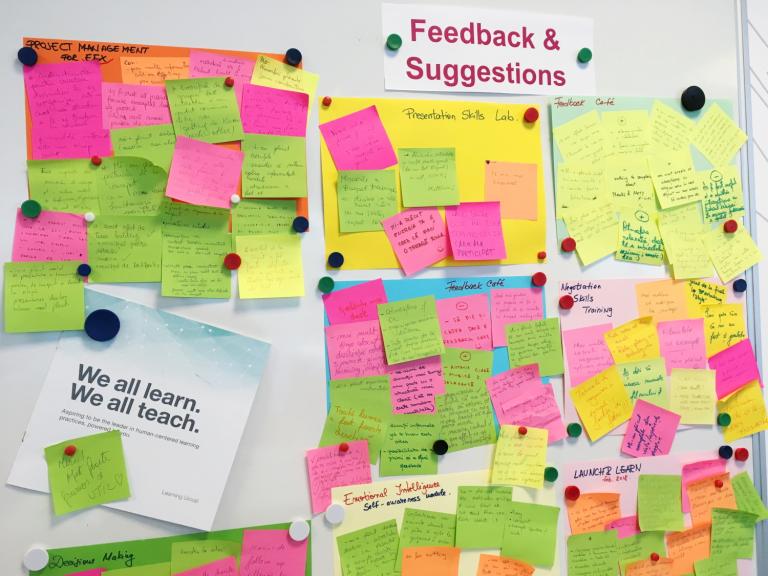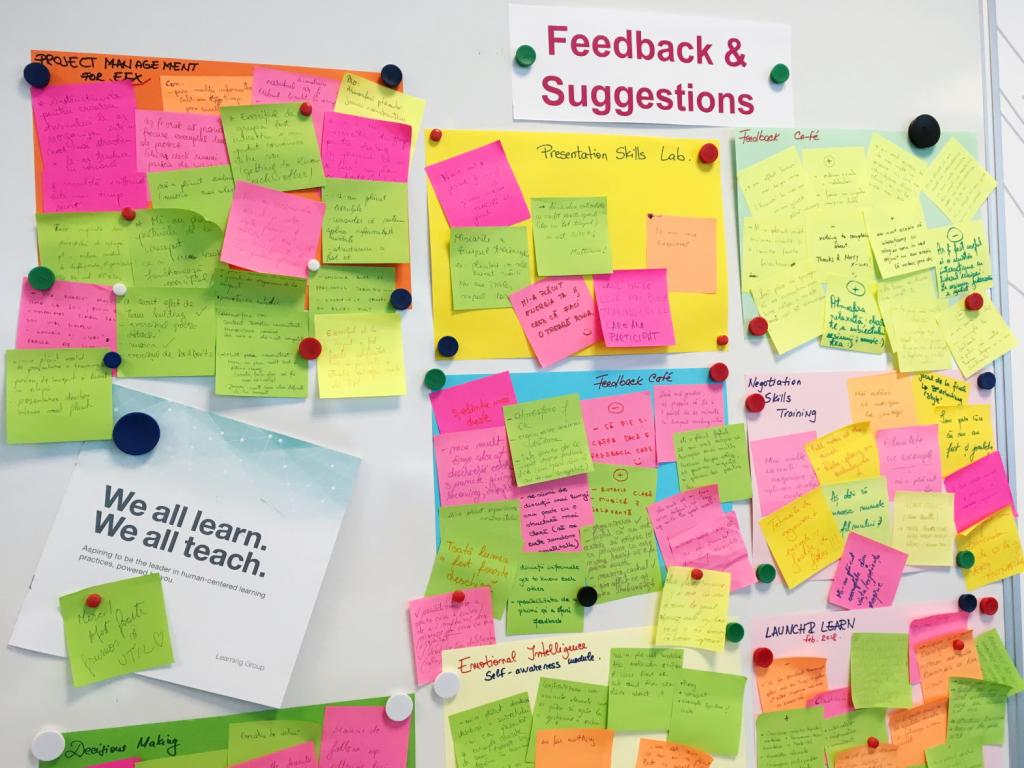Feedback is something that is crucial for any company today but as with any type of criticism, it can sometimes be tough to hear from customers. When receiving feedback on any aspect of your products or services, it’s important to use it to drive improvements. Feedback should always be monitored, as this is the only way you’ll ever improve what you offer. We have written this handy guide for our business customers, to provide suggestions on the best ways to take on feedback to continually improve their products and services.
Look at feedback objectively
When you’ve spent hours of your time and a huge amount of money on a product or on improving your service, it can be easy to feel protective. Firstly, understand that your efforts are not going to please everyone, as with anything today. Everyone has different expectations, so keep this in mind.
Looking at feedback objectively is the best way to begin improving anything. If some of the scathing comments are just one-off criticisms, ignore them and move on to more constructive feedback that you can actually do something about. Good feedback will clearly state the concern or issue the customer is facing and a potential solution or expectation that you can apply.
Consider your target audience
The feedback you should be most concerned about is that from your target audience. You don’t necessarily need to ignore other feedback, but focus on the concerns and needs of your target audience. This will allow you to spend time on the key features that your audience appreciates. As you’ll be looking to expand your offerings to welcome in more customers from your target audience in the future, you’ll want to ensure their requirements are always catered to.
Identify trends and patterns
As with any form of feedback or criticism, we recommend that you look for trends and patterns within your feedback. While a single comment about a feature or issue can be useful to read, oftentimes, that issue may only be relevant to a small group of individuals. Instead, spend the time fixing concerns that appear over and over again. If you find one feature is mentioned in all of your feedback surveys or consistently ranks low in any polls you create, you’ll want to address this first before looking at more minor areas of concern. This will also help you to please a wider group of customers, who will be relieved and excited to see the improvements made that they’d provided feedback on in the past.
Ask for clarification
When you receive feedback that’s unclear, it may be worth taking the time to follow up on the survey or comment. You could do this by sending a follow-up survey to a very specific group of customers or asking them to join you for a focus group. This will help you to clarify exactly where their frustrations lie and ask further questions to establish their needs and expectations. Customers who have taken the time to offer you feedback will likely be very open to discussing their concerns in more detail and will be pleased you are taking the time to listen to them.
Don’t focus on negative feedback
Negative feedback can be overwhelming, but there’s a lot you can learn from positive feedback too. By looking at patterns within positive feedback, you can identify which parts of your products or services are most popular and why they’re so well received. This will also make the feedback review process more pleasant when you balance the positive and the negative.
Remember: people are far more likely to complain about issues than give praise so keep that in mind when assessing feedback.
Create an improvement plan
Once you’ve taken the time to review your feedback, you’ll want to create a plan of improvement. Review things that need to be updated immediately and those which can wait. You can then create a plan of action that you can share with your staff and product teams.
Remember to give customers a few weeks to notice changes first before asking for more feedback. You can then reach out to customers who noticed issues initially and ask them for their reaction on the changes.
In summary
Feedback can sometimes be challenging to read, but feedback is critical for continuous improvement. By taking into account both positive and negative feedback and focusing on that which is most important to your customers, you create a plan for improvements with a priority order. Repeat this process. Feedback is something you should never neglect as you’ll find this is the best way to stay ahead of your competition and make your customers happy.
Custom business software can also help you to improve customer satisfaction. Contact us at BSPOKE Software today!

